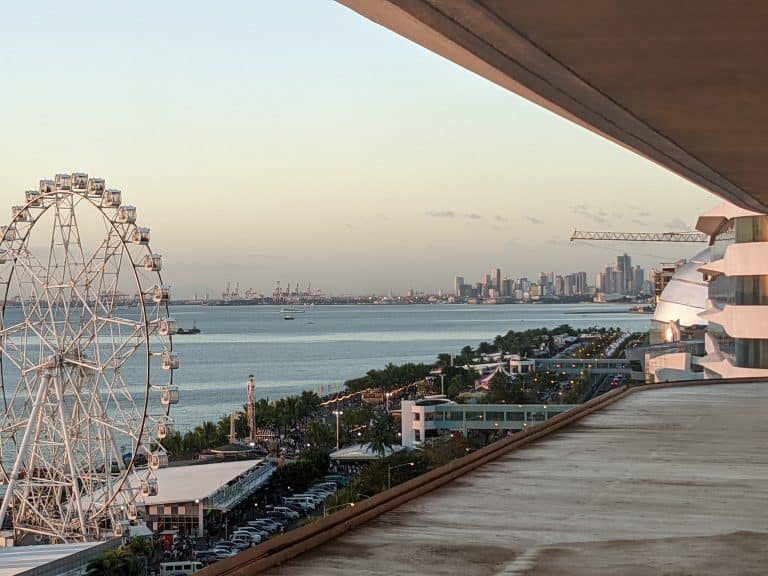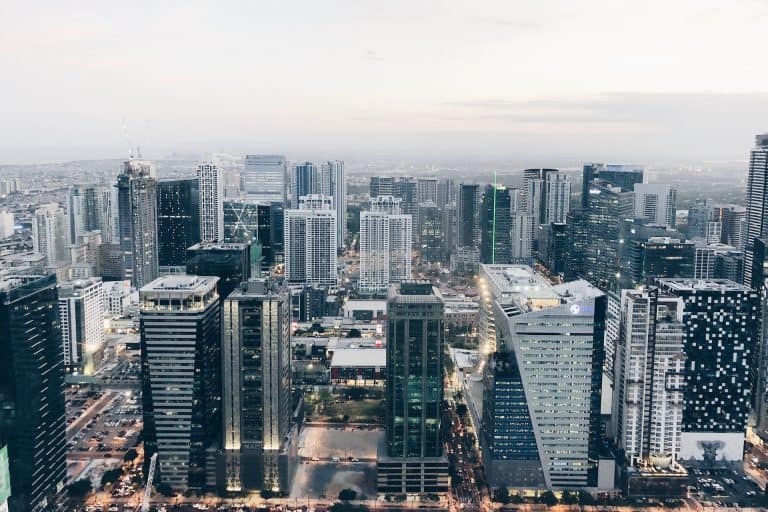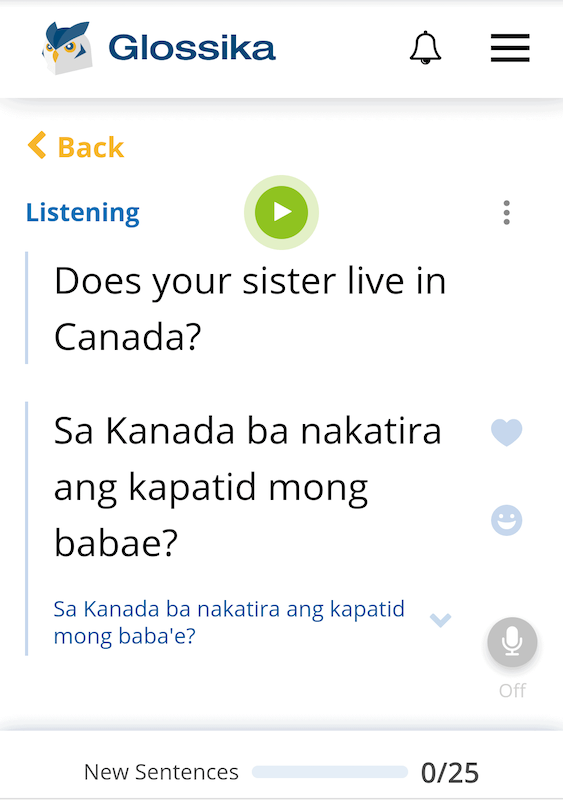Is Tagalog Worth Learning? (Maybe Not For The Reasons You’d Think)
Learning a useful amount of any language is a feat to be proud of. The process is a terrific hobby, and the outcome is valuable and enriching.
But all else being equal, Tagalog—the local language of Manila—is hard to pick up. With that in mind, is Tagalog worth learning for a trip to Manila?
When Tagalog is & isn’t worth learning
Tagalog is not worth learning for just a short visit to Manila. Virtually everyone speaks English well, and often with native fluency. However, it’s worth learning Tagalog for a long-term stay around Metro Manila (or for personal enrichment) since it opens up another layer of local experience.
To understand why, let’s look at some background on the Tagalog language and on why and how Manileños use English.
But first, a little background on where exactly Tagalog is used and what learning it is like.
What country speaks Tagalog?
Tagalog is spoken primarily in the Philippines. The Manila dialect of Tagalog, often called Filipino, is a co-official language alongside English.
While Tagalog isn’t official in any other countries, it’s fairly common in countries with a large Filipino diaspora such as the USA, Canada, Saudi Arabia, China, Australia. Most countries in the South Pacific, Southeast Asia, and Western Europe also have notable Tagalog-speaking communities.
However, Tagalog is just one of many languages spoken in the Philippines and among the Filipino diaspora. It’s almost universally understood, but it’s only the first language for about 1/4 of the population.
How hard is it to learn Tagalog from English?
Tagalog is generally difficult for English speakers to learn.
It’s not impossible or a crazy amount of effort, to be clear. It’s just that useful proficiency would take longer than in most languages, given the same motivation and learning resources.
Generally, languages get hard as they become less related to your native language.
For English speakers, Spanish isn’t too fundamentally different. Albanian is still in the western half of the Indo-European family, but a separate branch, so it’s less intuitive. Hindi, which is in the eastern (“Indo”) part of the Indo-European family, is a bigger stretch.
But Swahili or Mandarin or—you guessed it—Tagalog? They’re all in totally separate families. Consequently, they’re generally harder to become proficient in.
By definition, unrelated languages don’t have common ancestors. That means few if any related words, either.
(However, you’ll often hear “Taglish” in Manila, which is a sort of blend of the two languages. Just note that a few English words mean different things locally!)
But the bigger challenge for language learners is understanding how to connect those words. Related languages have deep, structural similarities that unrelated ones just don’t. They all convey the same ideas, but they “build” them in different ways—sometimes surprisingly differently.
In Tagalog, the most dramatic difference is how verbs and pronouns work. As English speakers, we intuitively think subject-verb-object (“he hit the ball”) or subject-verb (“she runs”). As long as words are in that order, the verbs don’t really change and the meaning is clear.
But Tagalog verbs and pronouns change forms depending on whether you’re emphasizing the subject or direct object or indirect object, and even what part of their relationship you’re emphasizing.
There’s a lot more to this, and you’ll find a little more detail in the article on why Tagalog is hard for English-speakers. But in a nutshell, it takes time to wrap your head around these grammatical differences. That’s time you don’t generally need to spend on more similar or “easier” languages.
Deciding whether to learn Tagalog
As we’ve discussed, it takes a lot of work to learn Tagalog to a useful level. I’ve no doubt you can do it, but whether it’s worthwhile totally depends on the length of your trip and on exactly what parts of the Philippines you’ll spend that time in.
Let’s now take a closer look at why these factors are important.
Should I learn Tagalog for a few days or weeks around Manila?
English is enough to get around just about every large city. However, there’s a huge gap between just avoiding catastrophe and actually engaging with people and places.
But in Manila, English isn’t just a minimal and reluctant accommodation for tourists.
True, Tagalog is the local language, but English is the language of business—not to mention tourism, government, education, medicine, and so forth.
You can do everything you need in English, period. That means speaking Tagalog won’t open up much of anything more, at least for a short stay.
How about for a long-term stay in Manila?
Again, you can get by perfectly well with just English. Many expats—probably the vast majority—do exactly that.
From a foreigner’s perspective, that’s one of the most convenient things about the Philippines as a whole.
That doesn’t mean there aren’t reasons to learn Tagalog. There are plenty. But they’re reasons of fulfillment and enrichment, not so much of practicality or coping.
For instance, many of us find it satisfying to try to talk to locals in their own language. Others want to be able to interact as comfortably with service staff and drivers as with highly educated white-collar types, even on complex topics.
And if you’re staying long enough to want and maintain deep friendships, then you’ll obviously fit in more easily when whole groups don’t have to switch to English for your sake!
While you can learn a lot from a free online phrasebook, it’s worth hearing the sounds and forcing yourself to remember phrases on the spot. There are a few paid resources that handle this well, and I’ve been particularly happy with Glossika (you can try it for free here).
Should I learn Tagalog vs. Bisaya?
Tagalog and Bisaya are the two most widely spoken languages (besides English) in the Philippines.
Many travelers even plan to split their time between the Metro Manila and Cebu areas. If you’ve got similar plans, then it leads to an interesting dilemma: tackling both languages might be too ambitious, so which of the two you study?
Tagalog is more widely understood throughout the Philippines, so it’s the more practical choice for most travelers. It’s the first language of Manila and southern Luzon, and is widely understood by most Filipinos, including Bisayans. Bisaya is worth learning if you’ll stay in the Central/Eastern Visayas or Mindanao, or if you have personal connections to Bisaya people or culture. However, note that Bisaya is not a common second language among people in Luzon.
Remember that English is incredibly prevalent throughout the country, so it’s strictly a question of what’s more enriching around your destination. Practically speaking, English will suffice.
What percentage of the Philippines speaks English?
The 2000 Philippine census found that 63.7% of Filipinos speak English. That’s about ⅔ of the population. In the National Capital Region (i.e., Metro Manila) that number was over 80%. It was also around 70% or higher in adjacent regions.
Undoubtedly, English has become more prevalent since 2000.
Presumably, that comes from things like widespread internet access, general increases in education (which is often in English), more tourism, and incentives to work in the skyrocketing BPO/call center sector.
Personally, I’d estimate that at least 95% of people in Metro Manila speak English well enough to use for daily life, and probably 99% of younger people.
Do all Filipinos speak English?
Clearly, no. The census data are crystal-clear. With a population approaching 110 million, there are probably tens of million who don’t.
However, it’s hard to put an exact number on this. Not only are the census data too old to account for huge internet and business trends, but we don’t know what level of fluency the census looked for.
But in my own experience, with Manila businessmen and provincial trike drivers alike, I’ve never met anyone who spoke no English. Again, the internet is a huge factor here. Either way, you’d have to go far out of your way to find folks with zero working knowledge of English.
Conclusion: Who Should Learn Tagalog For Manila?
We’ve seen that Tagalog is totally different from English, in both vocabulary and grammar. That makes it tougher to pick up, all else being equal.
If you’re visiting Manila for just a few days or weeks, then you probably won’t find Tagalog worth learning (unless you’re a language hobbyist who enjoys the process for its own sake!).
But if you’re staying long-term, or even moving for good, then I believe it’s worth learning. You probably won’t find practical benefits, since virtually everyone speaks English quite well. However, you probably will find intangible benefits that bring more fulfillment and connection to your time in Manila.
There are at least a few good apps and online language courses to consider. I briefly mentioned Glossika Tagalog earlier, because (for my money) it’s the best option right now. It’s not the cheapest by a long shot, but it’s efficient. Read my full review for suggestions on how best to use it.








